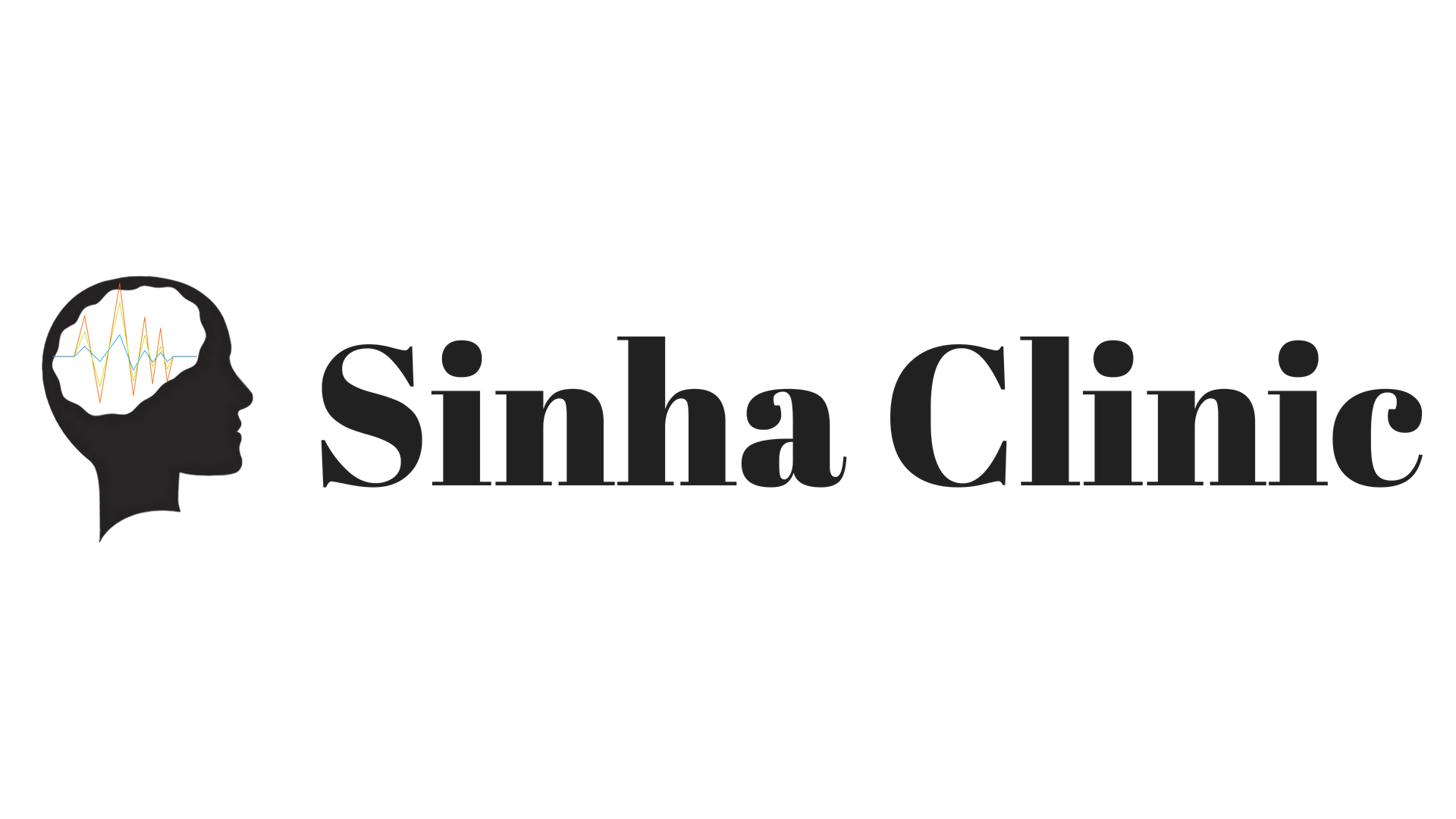




What are Brainwaves?
Brainwaves are electrical impulses in the brain. An individual’s behavior, emotions, and thoughts are communicated between neurons within our brains. All brainwaves are produced by synchronised electrical pulses from masses of neurons communicating with each other. Our brainwaves occur at various frequencies. Some are fast and some are slow. The classic names of these EEG bands are delta, theta, alpha, beta, and gamma. They are measured in cycles per second or hertz (Hz).
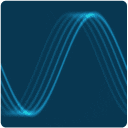
Delta brainwaves (1-3 Hz) are the slowest, highest amplitude brain waves, and are what we experience when we are asleep. In general, different levels of awareness are associated with dominant brainwave states.
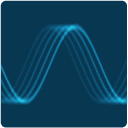
Theta brainwaves (4-7 Hz) brain waves represent a day dreamy, spacey state of mind that is associated with mental inefficiency. At very slow levels, theta brain wave activity is a very relaxed state, representing the twilight zone between waking and sleep.

Alpha brainwaves (8-12 Hz.) are slower and larger. They are associated with a state of relaxation and represent the brain shifting into an idling gear, waiting to respond when needed. If we close our eyes and begin picturing something peaceful, there is an increase in alpha brainwaves.
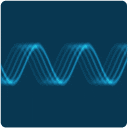
Beta brainwaves (13 – 38 Hz) are small, faster brainwaves associated with a state of mental, intellectual activity and outwardly focused concentration. This is basically state of alertness.
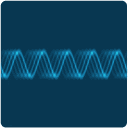
Gamma brainwaves (39 – 42 Hz) are the fastest and most subtle brain waves. Gamma rhythms modulate perception and consciousness.
Each of us, however, always has some degree of each of these brainwave bands present in different parts of our brain. Delta brainwaves will also occur when areas of the brain go “off line” to take up nourishment. If we are becoming drowsy, there are more delta and slow theta brainwaves creeping in. If we are inattentive to external things and our mind is wandering, there is more theta present. If we are exceptionally anxious and tense, an excessively high frequency of beta brainwaves is often present.
Persons with ADHD, learning disabilities, head injuries, stroke, Tourette’s syndrome, epilepsy, including chronic fatigue syndrome and fibromyalgia tend to have excessive slow waves (usually theta and sometimes excess alpha) present. When an excessive amount of slow waves are present in the executive (frontal) parts of the brain, it becomes difficult to control attention, behavior, and/or emotions. Such persons generally have problems with concentration, memory, controlling their impulses and moods, or with hyperactivity. They can’t focus very well and exhibit diminished intellectual efficiency.
Ordinarily, we cannot influence our brainwave patterns because we lack awareness of them. However, when you can see your brainwaves on a computer screen a few thousandths of a second after they occur, it gives you the ability to influence and change them. At first, the changes are short-lived, but the changes gradually become more enduring with continuing feedback, coaching, and practice, the expects at the Sinha Clinic can retrain healthier brainwave patterns. Neurofeedback offers additional opportunities for rehabilitation through directly retraining the brain. The exciting thing is that even when a problem is biological in nature, we now have another treatment alternative than just medication.
Although there are many health care practitioners who are convinced of the effectiveness and value of this cutting-edge technology (and an estimated 2,000 clinicians are using neurofeedback), you should be aware that some insurance company personnel (whose job is to save their company money), and even some professionals (many of whom may not be aware of the latest published research), may regard all EEG neurofeedback as experimental.

